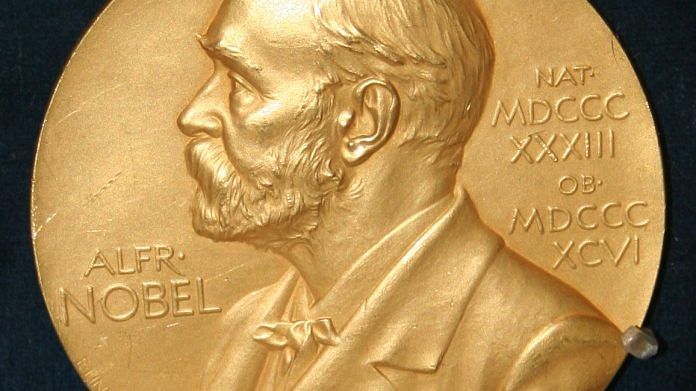New Delhi: Harvey Alter and Charles Rice from the US, and Michael Houghton from the UK won the Nobel Prize in Medicine for discovering the hepatitis C virus.
The 2020 Nobel Prize in Chemistry was shared, for the first time, by two women — French microbiologist, geneticist, and biochemist Emmanuelle Charpentier and American biochemist Jennifer A. Doudna, for inventing a genetic ‘scissors’ that allows scientists to ‘cut and paste’ inside a genome sequence.
In episode 588 of ‘Cut the Clutter’, ThePrint’s Editor-in-Chief Shekhar Gupta decodes the science behind the two wins.
Hepatitis C virus discovery
Harvey Alter, the chief infectious diseases investigator at National Institute of Health in the US, did a lot of his early work at a big blood banking system in Bethesda, Maryland on the outskirts of Washington, DC in the 1970s.
Michael Houghton is head of Li Ka Shing Virology Institute at the University of Alberta, UK, while Charles Rice is a professor of virology at Rockefeller University in New York.
In mid-1970s, Alter and his colleagues realised that a lot of people are coming back with a chronic liver disease after a blood transfusion and wondered why they showed symptoms of hepatitis.
They found that there was a third form of hepatitis that these people had. When they took samples from the infected patients and injected chimpanzees with the blood, the animals also got infected. Therefore, they realised that this bug was transmissible to others, said Gupta.
Houghton then decided to apply an unorthodox molecular approach to clone the genome. And then he found out that there was another hepatitis virus — other than hepatitis A and B.
Also read: Why discovery of hepatitis C virus won its researchers a Nobel Prize
Treatment and testing for hepatitis C in India
The treatment for hepatitis C in the US costs about $100,000 for three months and this treatment can cure one completely.
Dr S.K. Sarin, a foremost hepatologist (liver specialist), and some other doctors in the mid-1990s began to look at protocols in Indian blood banks, Gupta explained.
Later, a woman got hepatitis C and was able to prove that she got it from a blood transfusion. Then, between the government and the Supreme Court, rules were made and since then every Indian blood bank checks blood for hepatitis C.
Today, India has around 45-55 lakh hepatitis C patients. They are not carriers because hepatitis C is rarely transmitted from person to person, unless there is exchange of blood.
Less than 1 per cent of all infections from hepatitis C are sexually transmitted, it is possible, but very rare.
In 2018, India launched the National Viral Hepatitis Control Program. Under this program, anybody could get tested and receive treatment for free.
“Sarin said that the disease disappears, which rarely happens with viral diseases, with one tablet a day for 3 months. The success rate of the total cure rate is upwards of 95 per cent,” Gupta said.
“Anybody who had a blood transfusion before 2001 or surgeries or surgical intervention, should go and get themselves tested for hepatitis C,” Gupta added.
Those who take multiple blood transfusions like haemophiliacs must also get tested for abundant caution. Intravenous drug users should also get tested and people who have a history of liver cancer or cirrhosis in the family must also get tested.
Also read: 27 genes in your body now have a new name because Microsoft Excel confused them for dates
‘Genetic scissors’ that got Nobel for Chemistry
Emmanuelle Charpentier and Jennifer A. Doudna discovered the CRISPR-Cas9 (clustered regularly interspaced short palindromic repeats), or ‘genetic scissors’.
Gene editing is a controversial scientific field and has been debated extensively for ethical reasons, said Gupta.
CRISPR has been able to reprogram the immune system in three cancer patients and has also been successful in eliminating HIV from human cells and was able to reverse congenital blindness in many cases.
“According to the Nobel Prize Committee chairman, they have designed a pair of scissors which can be programmed to know where to cut, and recognises the place and sequence that needs to be fixed,” Gupta said.
Watch the latest episode of CTC here:






